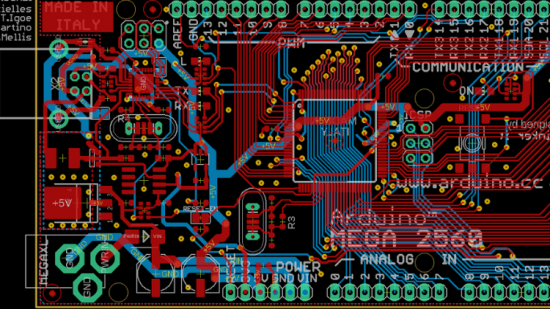
The world market for bare PCBs exceeded $60.2 billion in 2014 and is estimated to reach $79 billion by 2024. However, multilayer PCBs make repair, analysis, and field modification of circuits much more difficult and usually impractical. The rise in popularity of multilayer PCBs with more than two, and especially with more than four, copper planes was concurrent with the adoption of surface mount technology.

Multi-layer PCBs allow for much higher component density, because circuit traces on the inner layers would otherwise take up surface space between components. PCBs can be single-sided (one copper layer), double-sided (two copper layers on both sides of one substrate layer), or multi-layer (outer and inner layers of copper, alternating with layers of substrate). PCBs can also be made manually in small quantities, with reduced benefits. Large numbers of PCBs can be fabricated at the same time, and the layout only has to be done once. Mass-producing circuits with PCBs is cheaper and faster than with other wiring methods, as components are mounted and wired in one operation.

Pcb design software#
Electronic computer-aided design software is available to do much of the work of layout. PCBs require additional design effort to lay out the circuit, but manufacturing and assembly can be automated. Printed circuit boards are used in nearly all electronic products and in some electrical products, such as passive switch boxes.Īlternatives to PCBs include wire wrap and point-to-point construction, both once popular but now rarely used. Components are generally soldered onto the PCB to both electrically connect and mechanically fasten them to it.

PCBs mechanically support electronic components using conductive pads in the shape designed to accept the component's terminals, and also electrically connect them using traces, planes and other features etched from one or more sheet layers of copper laminated onto and/or between sheet layers of a non-conductive substrate. Part of a 1984 Sinclair ZX Spectrum computer board, a PCB, showing the conductive traces, vias (the through-hole paths to the other surface), and some electronic components mounted using through-hole mounting.


 0 kommentar(er)
0 kommentar(er)
